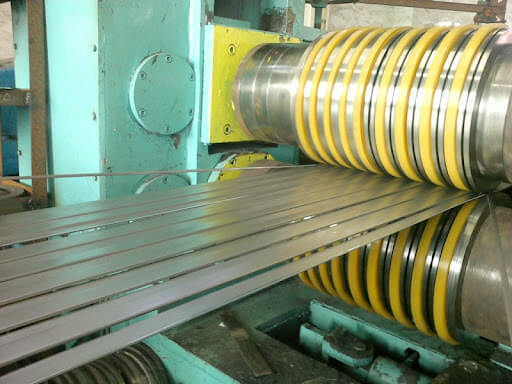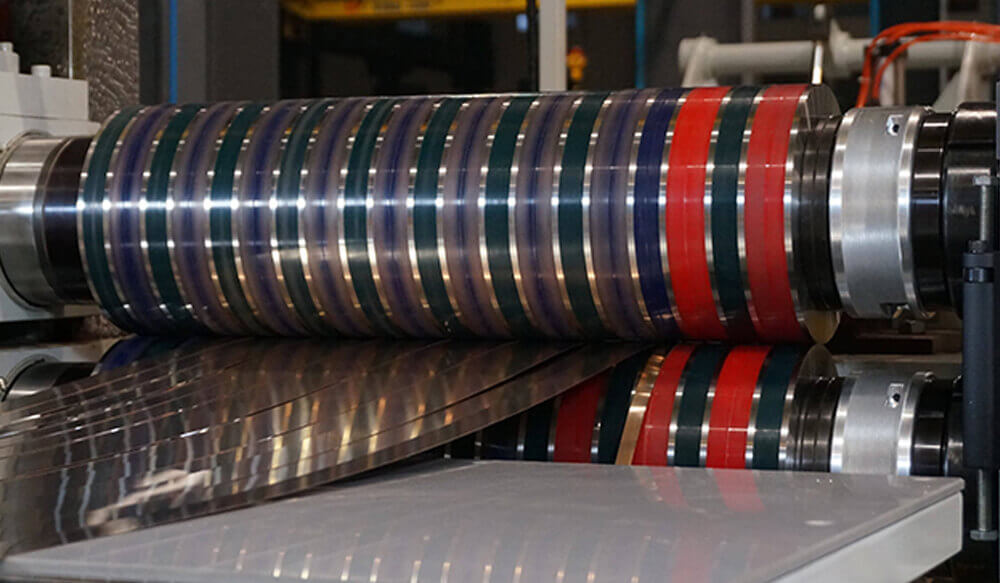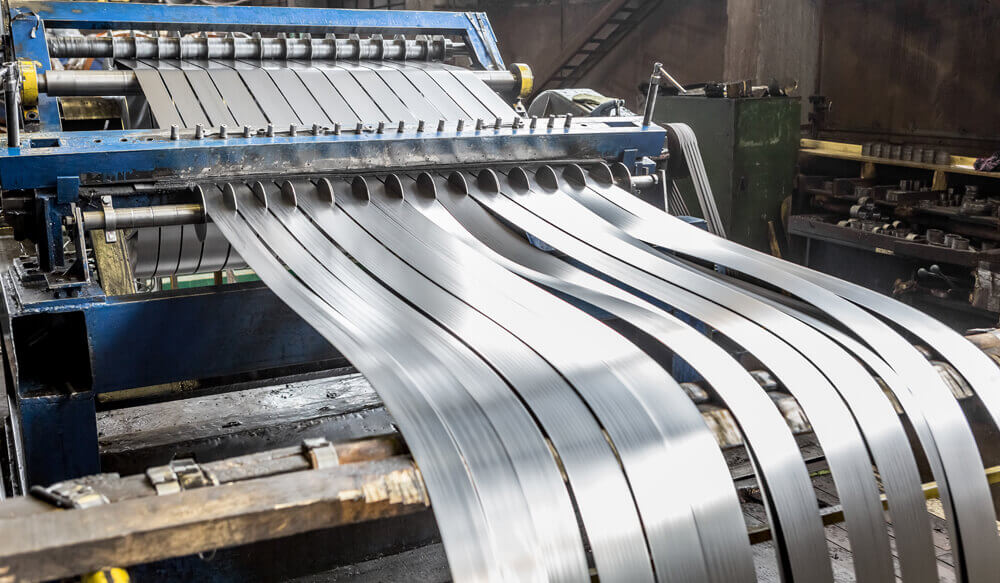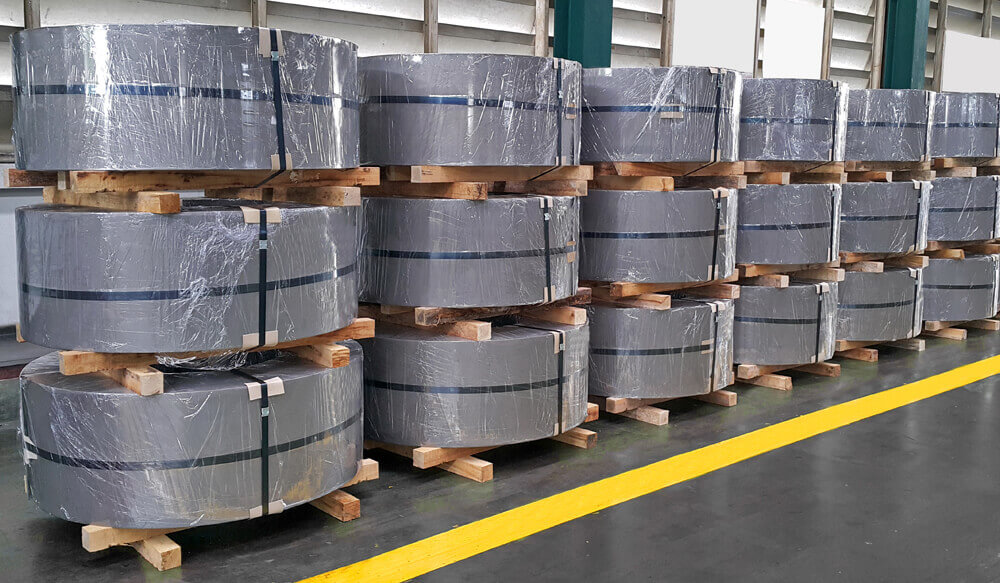
Classification of flattening machines
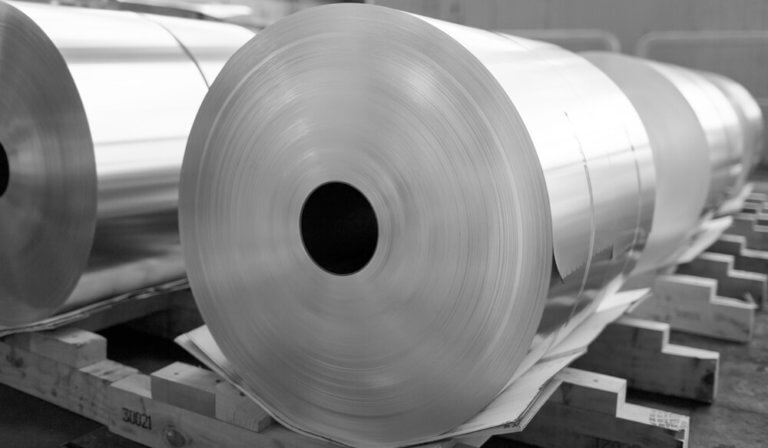
Flattening machines, a series of processing operations such as unrolling, flattening and shearing of metal sheets.
Common flattening machines can be roughly divided into three categories according to their processing capacity: medium plate flattening, thin plate flattening and precision small flattening, which can basically meet all kinds of processing requirements.
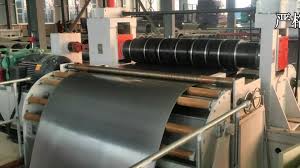
Medium plate flattening machine
The early plate openers can only open hot rolled coils with a width of 1500mm, but with the introduction of wide hot rolled coils, the hot rolled openers on the processing centres can now open hot rolled coils with a width of 2000mm. Some of the hot-rolled openers also have an edge cutting function.
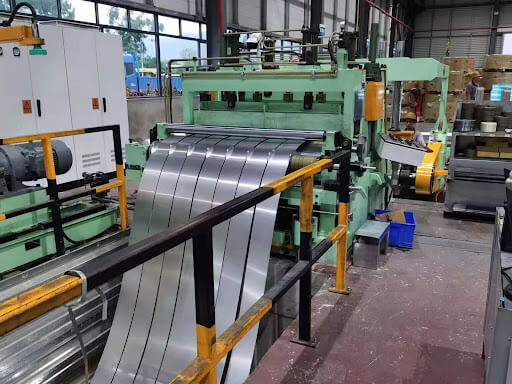
Thin plate large flattening machine
Generally able to process cold rolled coils of 0.3mm to 3.0mm thickness. In the early days, thin plate openers were generally only able to process cold rolled coils with a width of 1300mm, but with the widespread use of 1500mm cold rolled coils, 1500mm width openers soon took over the market. The processing capability of the cold rolled flattening machine is mainly reflected in the leveling, surface protection and stamping of the material.
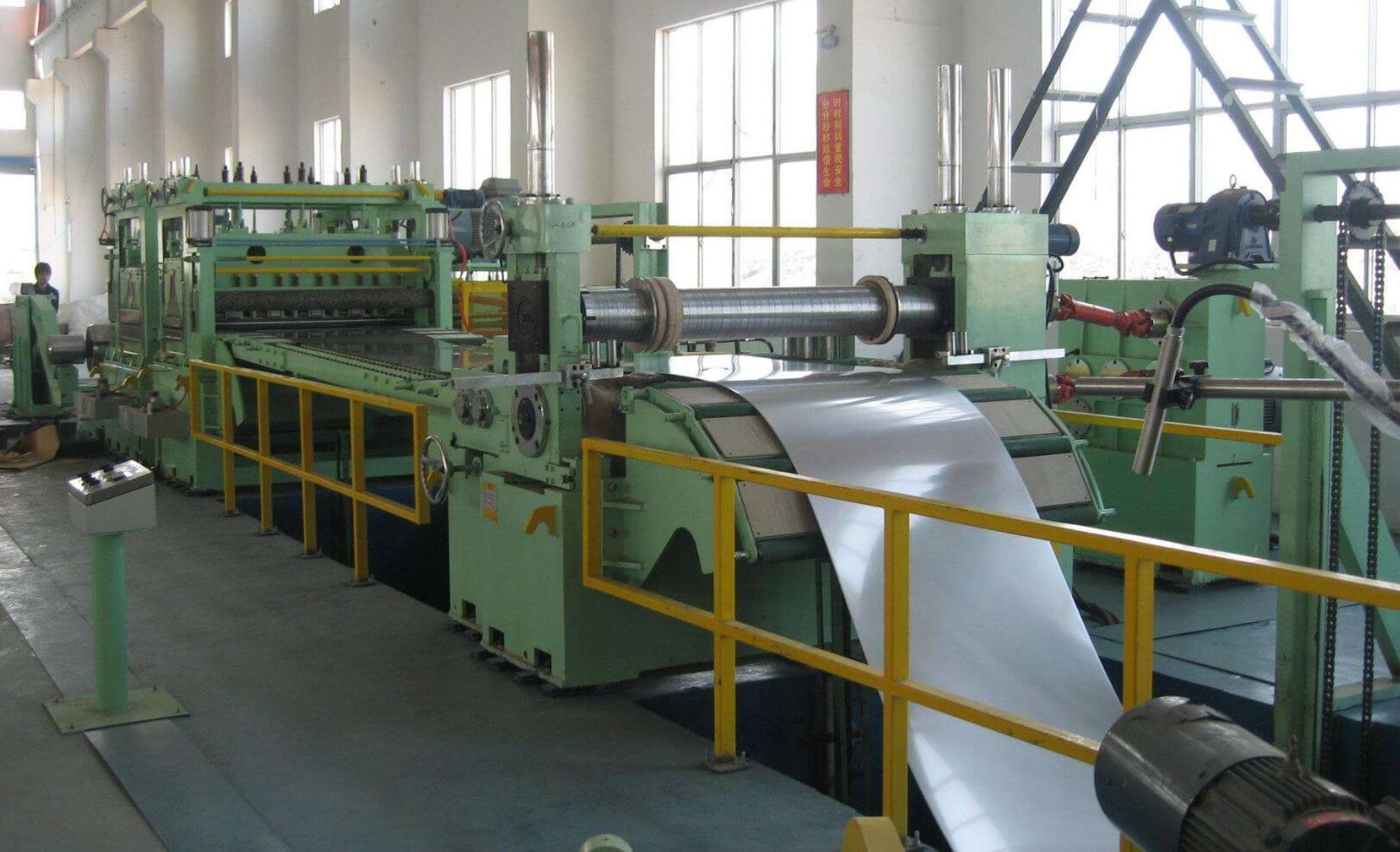
Precision small flattening
Generally refers to the processing width of 800mm below the cold rolled coil of the leveling machine, processing thickness of 0.3 ~ 3.0mm. and thin plate big open machine, it is mainly processing high requirements of cold rolled coil, especially for surface protection requirements, generally higher, its products are generally fixed open thin plate, widely used in stamping, precision cutting, etc.
